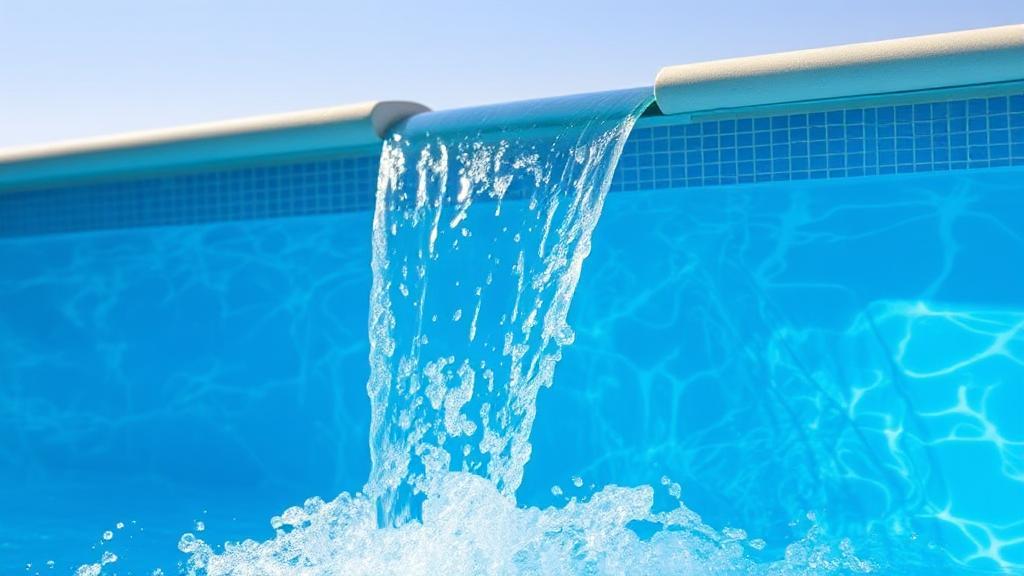Factors Affecting the Cost
Several factors can affect the cost of filling a swimming pool:
- Pool Size and Volume: The larger the pool, the more water it will require
- Water Source: Cost varies depending on municipal water, well water, or delivery service
- Local Water Rates: Rates can vary widely by location
- Additional Fees: Some municipalities charge extra for large water usage
- Water Treatment: Chemical treatment adds to the overall cost
Water Source Options
Municipal Water
Most homeowners choose city water, with typical rates ranging from $2 to $5 per 1,000 gallons. Check your local utilities website for specific rates.
Water Delivery Service
Professional delivery services typically charge $200-600 per load, depending on:
- Distance from water source
- Volume needed
- Local competition
- Season and demand
Calculating Pool Volume
To estimate costs, calculate your pool's volume using this formula:
Length × Width × Average Depth × 7.5 = Gallons of Water
Note: 7.5 is the conversion factor from cubic feet to gallons
Common Pool Sizes and Volumes
| Pool Size | Average Volume |
|---|---|
| Small (12' × 24') | 10,800 gallons |
| Medium (15' × 30') | 16,875 gallons |
| Large (20' × 40') | 30,000 gallons |
For other pool shapes, you may need different formulas. This guide can help you calculate volumes for various shapes.
Estimating Water Costs
Using Municipal Water
- Check local water rates (usually per 1,000 gallons)
- Multiply pool volume by water rate
- Consider additional fees or tiered pricing
Regional Cost Examples
Average costs to fill a 15,000-gallon pool:
- Phoenix, AZ: $75-100
- Atlanta, GA: $100-125
- Los Angeles, CA: $125-150
- New York, NY: $150-175
Additional Costs
Chemical Startup
Initial chemical treatment costs include:
- Pool shock ($20-40)
- pH balancers ($15-25)
- Chlorine stabilizer ($20-30)
- Test kit ($30-50)
Ongoing Maintenance
Regular maintenance is essential and includes:
- Chemical treatments
- Cleaning
- Professional services
- Equipment costs (pumps, filters)
Money-Saving Tips
Consider these strategies to reduce costs:
- Fill during off-peak seasons
- Check for special pool-filling rates
- Install a pool cover to reduce evaporation
- Consider a rain harvesting system for topping off
- Fix leaks promptly
- Maintain proper chemical balance
For more detailed guidance, visit Water Sense or consult with a pool professional or local water utility.
